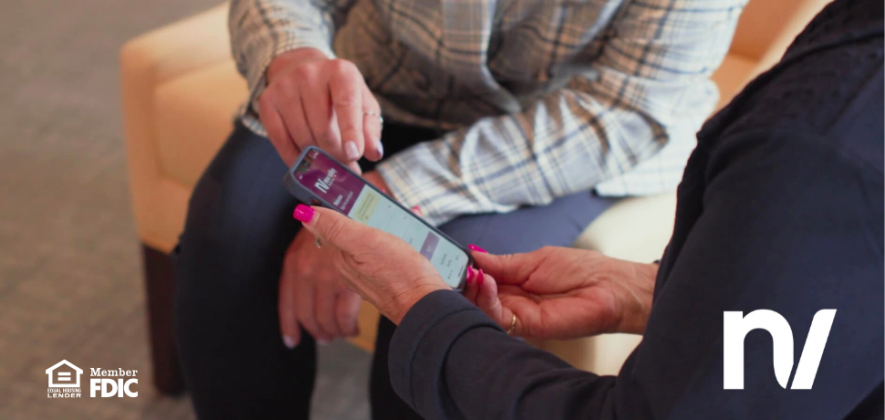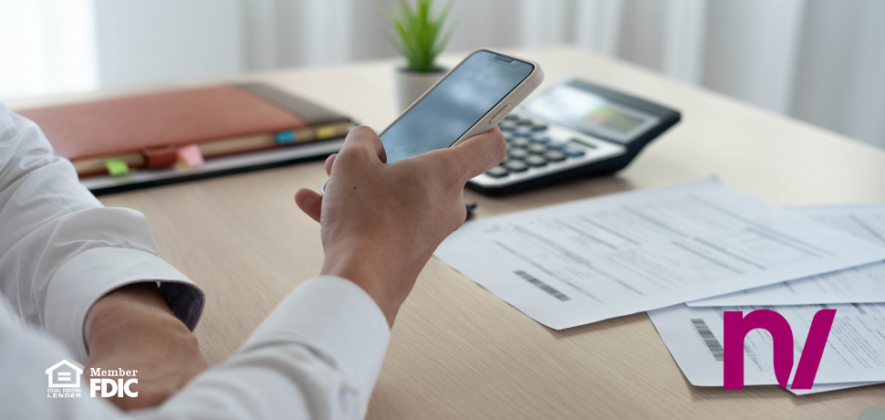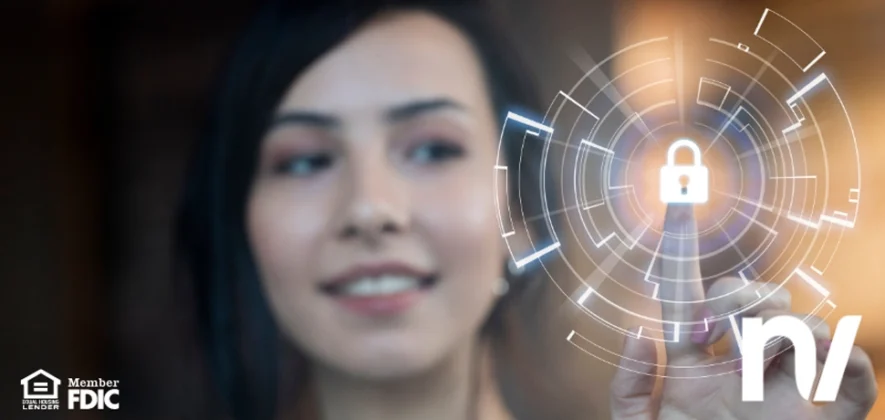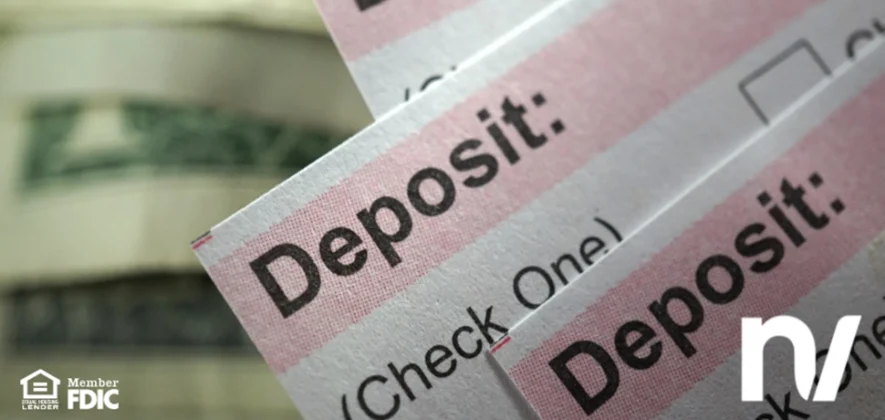
National Internet Safety Month shines a spotlight on the growing importance of online banking safety as more people turn to digital platforms for managing their finances. With the ability to access your accounts around the clock, deposit checks using your phone, pay bills in seconds, and receive instant alerts about account activity, online banking offers unmatched convenience. However, the same digital ease that streamlines your life also opens the door to potential threats.
This article provides in-depth online banking safety tips for a worry-free experience, helping you protect your financial information from evolving cyber risks.
Common Online Banking Threats
Phishing scams top the list of dangers you face. Every day, cybercriminals send 3.4 billion phishing emails, and banks remain the most popular target. Cybercriminals send emails or create fake websites that look identical to your bank’s site, hoping you’ll enter your login credentials. These attacks have grown more sophisticated, with some using AI to craft convincing messages or mimic voices, making it even harder to spot a scam.
Malware and spyware also pose a serious threat. Malicious software can record every keystroke to capture your usernames and passwords without your knowledge. You must also be wary of public Wi-Fi networks. Hackers can intercept your data over unsecured connections or set up fake hotspots to trick you into connecting and expose your sensitive information.
Online Banking Safety Tips for a Worry-Free Experience
1. Use Strong, Unique Passwords
Create complex passwords that blend uppercase and lowercase letters, numbers, and special characters. Avoid using the same password across multiple sites. A password manager can help you generate and store unique passwords for each account.
2. Enable Two-Factor Authentication (2FA)
Two-factor authentication adds a critical layer of security. After entering your password, you’ll need to verify your identity with a code sent to your device or generated by an authenticator app. This extra step makes it much harder for hackers to access your accounts, even if they have your password. Opt for app-based authentication rather than SMS codes, which can be vulnerable to SIM-swapping attacks.
3. Regularly Monitor Your Accounts
Review your account activity frequently. Set up transaction alerts so you’re notified immediately if any suspicious or unauthorized activity occurs. Early detection allows you to report issues quickly and limit potential damage.
4. Avoid Public Wi-Fi for Banking
As mentioned above, refrain from accessing your bank accounts on public Wi-Fi networks. Hackers can easily intercept data on unsecured connections or create fake networks that mimic legitimate ones. If you must bank while away from home, use a secure VPN to encrypt your connection.
5. Beware of Phishing Attempts
Stay alert for emails, texts, or calls that ask for your banking details or prompt you to click suspicious links. Always verify the sender’s information and contact your bank directly if something seems off. Never share personal or account information through unsolicited communications.
6. Keep Devices and Apps Updated
Install updates for your operating system and banking apps as soon as they’re available. Updates often include patches for security vulnerabilities that cybercriminals exploit. Using outdated software leaves you exposed to attacks.
7. Log Out After Each Session
Always log out of your online banking session, especially on shared or public devices. This simple habit helps prevent unauthorized access if you step away or forget to close your browser.
8. Verify URLs Before Logging In
Double-check that you’re on your bank’s official website before entering your credentials. Look for ”“https://”—especially the “s,” which indicates the site is secure with an SSL certificate—and confirm the domain is spelled correctly. Bookmark your bank’s site for quick, safe access every time.
How New Valley Bank Helps Protect You
New Valley Bank & Trust uses advanced security measures to protect your online banking experience. We have encryption protocols, such as Secure Socket Layer (SSL) and Transport Layer Security (TLS), that safeguard your data during transmission, making it unreadable to unauthorized parties. We also employ multi-factor authentication and secure login protocols and have automated fraud detection systems that monitor for suspicious activity and alert you immediately if something unusual occurs. You can also opt into security alerts to enhance your online banking safety, so you’re always informed about account activity.
Stay Secure with New Valley Bank
Taking charge of your online banking safety gives you the freedom to enjoy all the benefits of digital banking without worry. Each tip outlined above empowers you to defend your financial information against modern threats.
If you have questions or want to explore more ways to protect your accounts, visit New Valley Bank’s security page or reach out to your local branch for expert support.


